My family’s treasured recipe for Scottish shortbread, courtesy of my grandmother’s neighbour, Mrs. Cartwright. This buttery melt-in-your-mouth shortbread recipe includes some tips and tricks about the science behind these famous biscuits, plus a little background info on my family’s Scottish history, and of course – some history about Scottish shortbread!
This heavenly Scottish shortbread recipe is absolutely to die for, it’s so crisp, smooth, and buttery. It’s a traditional Scottish biscuit that my family always looks forward to baking, and a way of honouring my family’s own Scottish heritage.
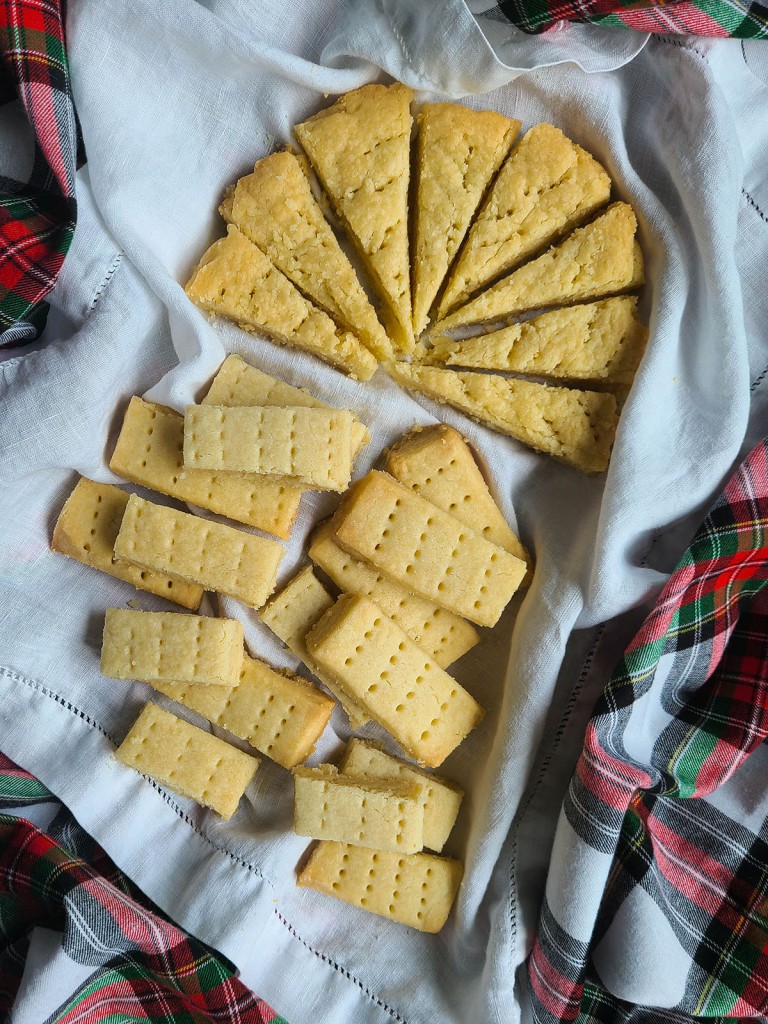
Mrs. Cartwright’s Shortbread
The original recipe belonged to my grandmother’s neighbour, Mrs. Cartwright, a dear friend of my grandmother’s. Mrs. Cartwright was an elderly lady who lived in a little house two streets over from my mother’s childhood home. This would have been in the late 1950’s – early 1960’s.
My aunt remembers that Mrs. Cartwright lived alone, presumably her husband had died some years earlier. In the early 1960’s, when my mum and aunt were about 7 and 10 years old respectively, Mrs. Cartwright would have been in her eighties. Mrs. Cartwright was, my aunt recalls, a very short and slim woman, with short curly hair and glasses, and very pleasant. My aunt, on occasion, would play with Mrs. Cartwright’s granddaughter when she visited, who was of a similar age.
My aunt also mentioned that Mrs. Cartwright was of Scottish extraction and was a wonderful baker. Her house was a small one two streets behind my grandmother’s house, with a picket fence and gate. The house itself was a pale off-white beige.
My mum and aunt regaled me with memories about their afternoon visits each Christmas to Mrs. Cartwright’s home for a proper afternoon tea with biscuits. The biscuits in question were, of course, this wonderful Scottish shortbread.

Whether Mrs. Cartwright passed away at her home, or if she moved to be nearer to her family, my aunt isn’t sure. Eventually my mum and aunt grew older, and the holiday visits to Mrs. Cartwright’s house for tea ceased and simply became cherished childhood memories for them. But my grandmother obtained her friend’s shortbread recipe before they were parted.
My Scottish Family History
My mother’s side of the family descended from Clans Donald (McDonald) and McLennan, and possibly Clan Jackson (though these could have been Irish or English Jacksons – we don’t know for sure).
Most of the family history I have ties back to Clan Donald, since my most recent McLennan and Jackson ancestors were women – the records just aren’t there. The male heritage was considered more “important” back then I guess, and the women who married into the Clan seem to have basically been “absorbed” – like the Borg, in Star Trek.
All the McDonald ties we know of are from the Dingwall area of Scotland, more specifically Contin, which is just northwest of Inverness, in what used to be considered the Earldom of Ross. From what I can tell, how the Donalds ended up settling near Inverness is part of a very bloody history of clan wars and uprisings. The Donald Clan was actually one of the largest in Scotland for a time.
The Donald Clan and its associated branches are thought to be descended from a Norse-Celtic warrior from the 12th century, known as King Somerled (Somhairlidh). Somerled was a sort of warrior champion, though he himself is said to have followed in the footsteps of a long line of Scottish and Irish nobility stretching back to almost 100 AD.
Most of the Donald Clan history seems to have originated from the western islands and highlands of Scotland, and possibly northern Ireland. There’s a large clan centre now on the Isle of Skye in Scotland. I hope to visit it someday! I’m not a historian by any means, so this information is mostly what I’ve derived from my mother and aunt’s family records, plus my own research.
There’s apparently a lot of clashing opinions and interpretations between historians and oral history accounts that have been recorded about these clan origins, also specifically about the history of the Donald Clan. Just like the game of telephone, everything gets kind of distorted over time, especially over this long of a period of time, am I right?
Anyways, back to the shortbread!
Shortbread Origins
In my family, we often bake this shortbread for the winter holidays, however it can be enjoyed any time of year – especially with a proper cup of tea!
Shortbread, at least the form we know it in, has its origins somewhere around the 12th century, and was apparently a favourite treat of Mary Queen of the Scots during the 15th century. She quite liked shortbread with caraway seeds in it, or so I’ve read.
While butter-based biscuits are made by many countries, Scottish shortbread is thought to have evolved from a medieval pastry known as a “rusk”. Rusk was a yeast-based biscuit bread, usually baked twice and then left out to harden.
Today’s shortbread was born when the yeast of these medieval biscuits was substituted with butter. What a thought that at some point in the past butter was a substitution for other things, and now it’s rather the other way around more often than not!

What’s in a Name? Why is it called “short” bread?
Why is shortbread called shortbread? Because it’s based on medieval bread, plus it uses a lot of butter, and this copious amount of butter “shortens” the bread!
First, we need to understand why most breads rise and expand when cooked. Yeast in breads reacts with the flour to expand the gluten molecules in the bread, causing it to rise. This process of gluten expansion in bread is also referred to as “leavening,” hence why yeast is also sometimes called a leavening agent.
Butter performs quite the opposite function as yeast. The fat in butter prohibits the rising of the gluten in the dough and instead creates that tell-tale crumbly texture that Scottish shortbread is so famous for.
In cooking books from the 15th century, “shortening” referred to any butter, fat or oil that could be added to pastry to make it soft, flaky and crumbly. The “short” in the word shortbread therefore refers to its ability to create a crumbly texture. I suppose it can also refer indirectly to the inhibition of the lengthening of the glutinous strands of the flour – the stunted, “shortened” leaving of the biscuit dough.
Shortbread Shapes
Shortbread generally comes in a few classic shapes – fingers, rounds or petticoat tails.
Fingers
Fingers are the classic rectangular prism shaped biscuits. These can be shaped before baking, or cut from a square of shortbread immediately after baking.

Rounds
Rounds are individual round biscuits – the classic general cookie shape. These are cut individually before baking.
Petticoat Tails
Petticoat tails are triangle shaped, usually cut immediately after baking from a round shortbread – like a biscuit pizza. It’s thought that the name “petticoat tails” possibly originated from the 15th century, in reference to the fabric pattern style used for petticoats at the time.
This just leads me to think – of course, some person back in the 15th century saw some triangular shaped shortbread one day and said to their friend:
“You know what these biscuits remind me of? Ladies’ underwear, that’s what!”
I shake my head, one eyebrow raised. Now, onto the recipe!

Scottish Shortbread
This buttery and delicious shortbread is one of my most precious family recipes, handed down from my mum’s neighbour, Mrs. Cartwright.
This recipe makes about 12-16 biscuits, and it’s ready to eat in less than 90 minutes.
I’ve made a few small adjustments of my own to this recipe, but I’ve noted these changes. These are very small deviations, but it makes the texture of the shortbread even more delicious!
Ingredients
- 227g | 1 cup soft butter
- 100g | ½ cup sugar (Mrs. Cartwright always used berry sugar, specifically – but regular granulated sugar also works just fine)
- 280g | 1 ¾ cups flour
- 45g | ¼ cup white rice flour – regular white rice flour (NOT glutinous rice flour!)
- 14g | 2 tbsp cornstarch*
*Mrs. Cartwright’s recipe originally called for 2 cups flour (250g), 1 tbsp rice flour (12g) and no cornstarch. If you don’t want to use cornstarch, just use these original dry ingredient ratios instead.
I spent a lot of time testing these flour and starch ratios, as well as trying other starches like tapioca, and making my mum and dad and partner taste lots of shortbread against their will (jokingly of course).
After quite a few comparison batches, I can say that the cornstarch and increased rice flour content really adds something – the shortbread tastes slightly less sweet, is still crispy on the outside but has a better texture on the inside. It’s also just slightly less dry on the inside and a little more crumbly.
Anyways, my taste testers and I all agreed it was an improvement, but I do want to be up front about this change and be clear that the original dry ingredient ratio was 2 cups flour + 1 tbsp rice flour.
Tools
- mixing bowl
- fork
- measuring cups
- measuring spoon
- baking parchment paper
- rolling pin (or wine bottle!)
- knife
- dough mat or cutting board – or just a clean countertop
- cookie sheet
- oven mitts
Instructions
- Preheat the oven to 325 °F / 160˚C / Gas Mark 3.
- Cream the butter, then add the sugar and mix.



- Add the flours and cornstarch. Combine until a dough forms, but don’t overwork the dough.



- Roll out the dough ¾ of an inch thick. You can do this directly on some baking parchment if desired, in preparation for the next step.



- Transfer the dough to a square or round 8-inch pan lined with baking parchment.
- Prick deep holes with a fork most of the way through the dough. Use a knife to score the dough into rectangular finger shapes or triangular petticoat tails, if desired.
Note: You can pre-cut your shortbread into fingers before baking if you prefer, but roll your dough out a bit thinner if you do this. The biscuits will melt and spread out a little bit due to the high butter content.
Note: Only bake pre-cut shortbread for about 25 minutes instead of 45 minutes, as it will cook much more quickly.



- Bake for about 45 mins, or until done – just don’t let it brown too much.
- Remove the baked shortbread from the oven. Cut into finger shapes or petticoat tails while the shortbread is still warm. Be careful not to burn yourself.
- Let the shortbread pieces rest about 5-10 minutes in the pan, then transfer to a rack to finish cooling.
- Store in an airtight container for up to 3 days at room temperature, or in the fridge for up to 10 days. It also freezes well, for up to 3 months.

The Perfect Afternoon Tea Biscuit
Scottish shortbread is the penultimate tea biscuit, in my personal opinion. They are so crisp, silky and buttery – and pair beautifully with a strong cup of tea!
To Cut the Shortbread Before or After Baking?
In my experience, traditional authentic shortbread biscuits should have a thickness of about ½ inch. Don’t make the pieces too thick or they will lose their shape during cooking. Don’t make the shortbread too thin either, or it will be hard and too crunchy.
Mrs. Cartwright’s recipe called for cutting the shortbread into fingers before baking, which requires a shorter baking time of about 25-30 minutes. You can totally do this, although you may want to roll the shortbread a bit thinner before cutting it into shapes – from experience, I can tell you that the thicker shortbread pieces melt and spread out quite a bit.
The Shortbread Composition
I also adjusted the dry ingredient components of the recipe, just a little bit.
I’ve added some cornstarch, upped the amount of rice flour, and used a bit less all-purpose flour.
Cornstarch locks in the moisture of the butter, so the inside of the shortbread is slightly softer and more chewy, while the outside is still crispy like it should be.
This version is also ever so slightly less sweet than its original counterpart.

The Shortbread Shapes
I recommend sticking to fingerling, petticoat tail, or round shapes for traditional shortbread.
Trying to cut out elaborate shapes is a task better left to gingerbread dough or sugar cookie dough.
A Few More Tips and Tricks
- I bake my shortbread uncut, sometimes even un-scored, in a cake pan. You can bake shortbread in either a square or round pan, your choice. Once it’s baked, immediately cut it into the traditional finger shapes or triangular petticoat tails.
- Use a pancake flipper to transfer the dough easily to the pan. Alternatively, roll your dough out on the baking parchment to begin with, then transfer the paper with the dough into the baking pan.
- You can also just skip the step of rolling out the dough completely. Just press the dough into the pan with your fingers. Personally, I prefer to have a smooth even top to the shortbread pieces, which can only be achieved by rolling the dough out first.
- Don’t forget to prick holes in the shortbread dough with a fork before baking. This ensures an even top on the shortbread, without bubbling.
- Make sure the shortbread is cut into pieces immediately after it’s finished baking. This is also when it should be sprinkled with a little sugar, if you desire to do so.

Additional Reading
Want to learn more about shortbread? Check out these links below.
https://www.historic-uk.com/HistoryUK/HistoryofScotland/Scottish-Shortbread/
So, did you make my family recipe for Scottish shortbread biscuits? Let me know!






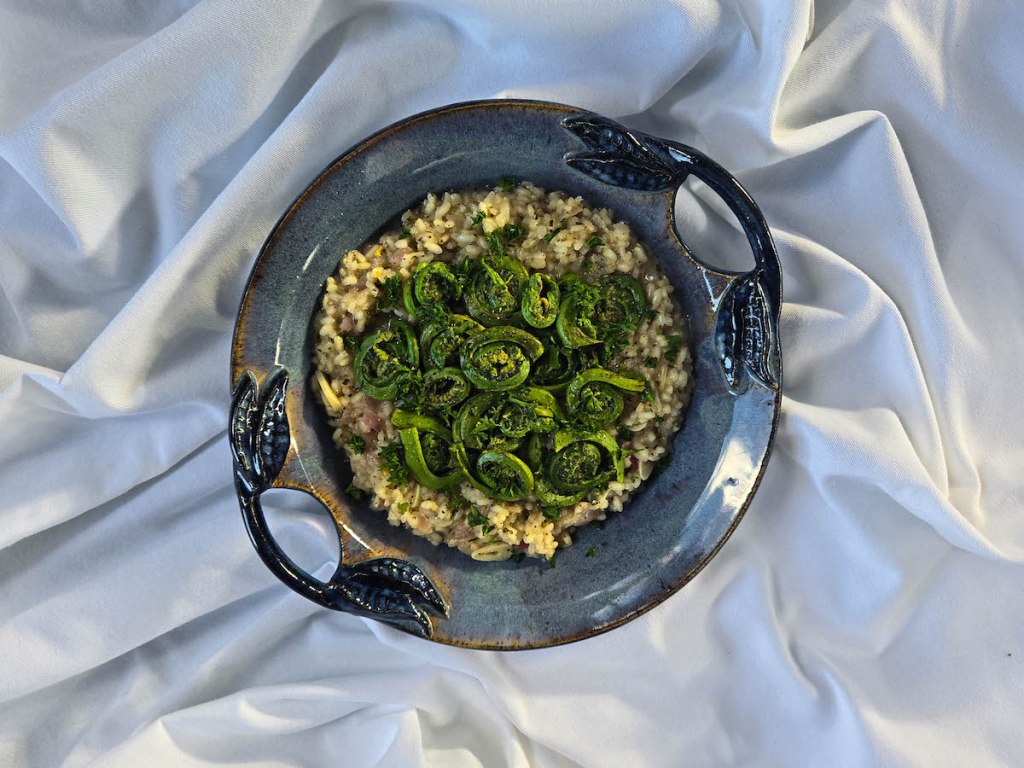
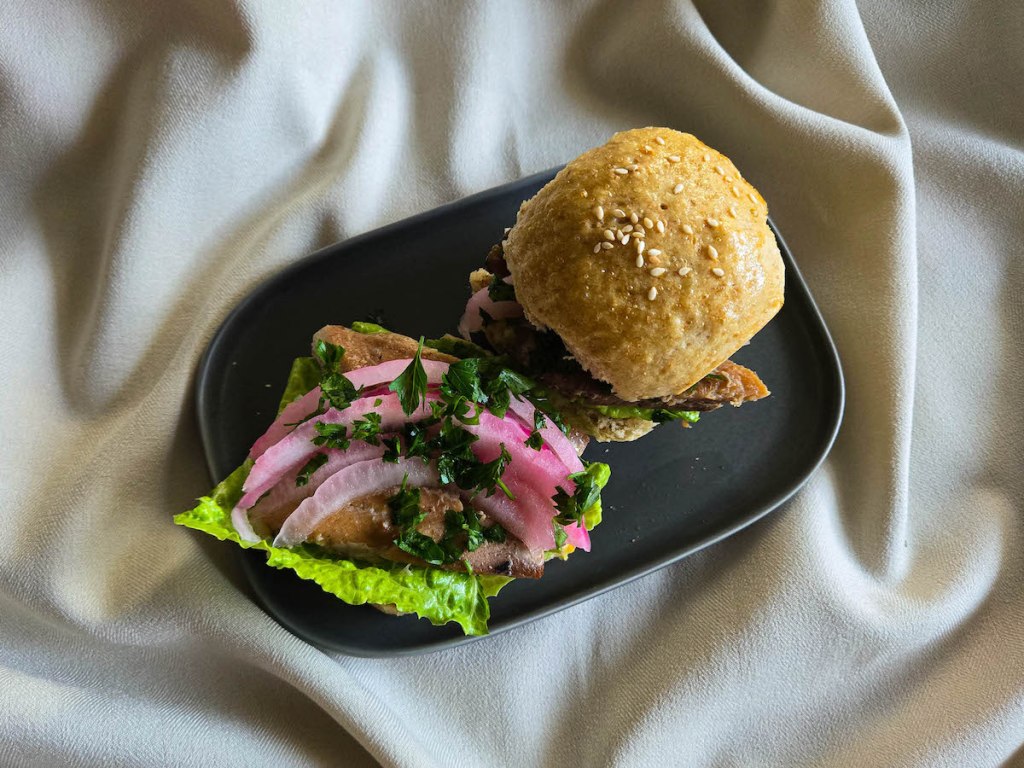

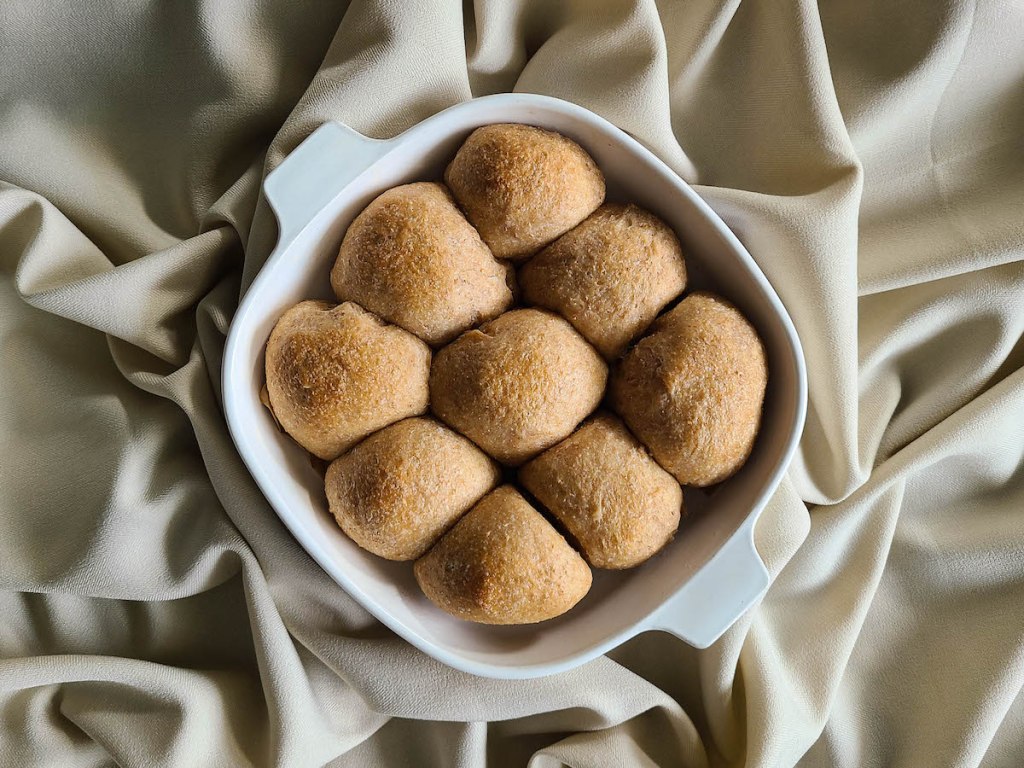
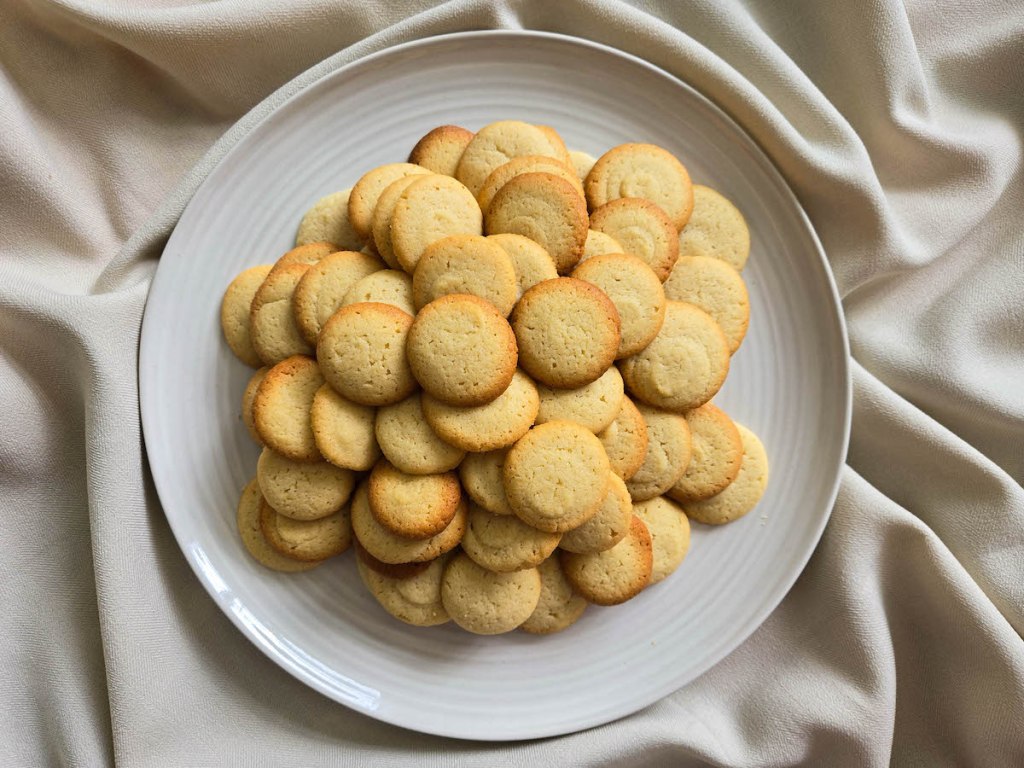
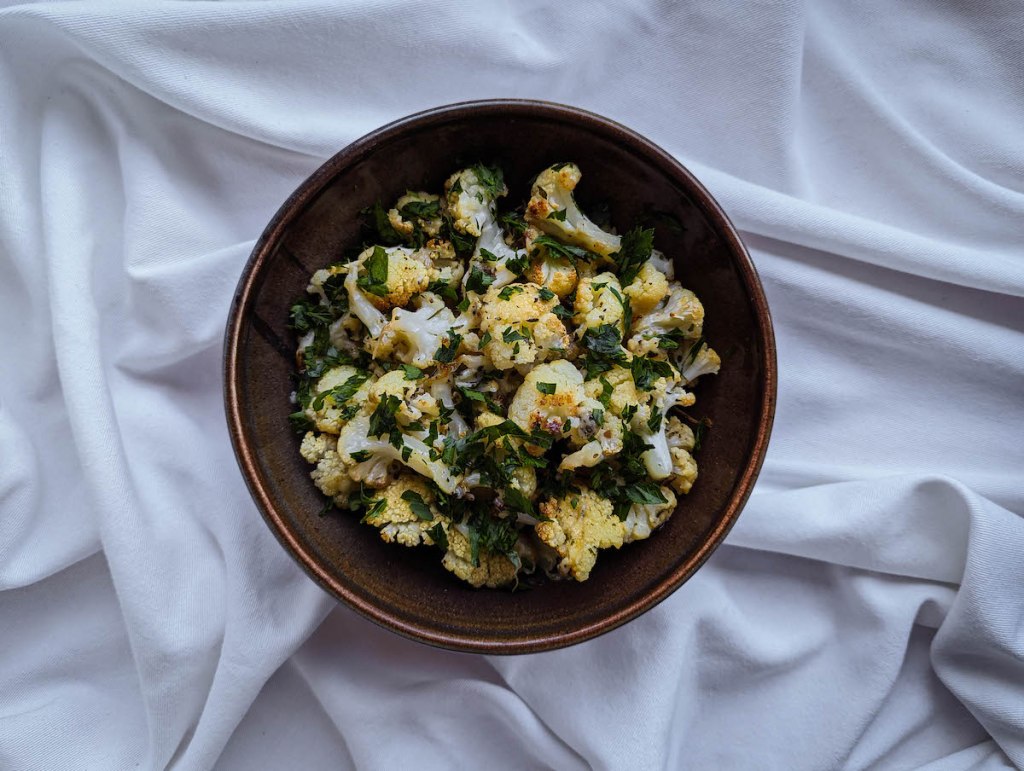
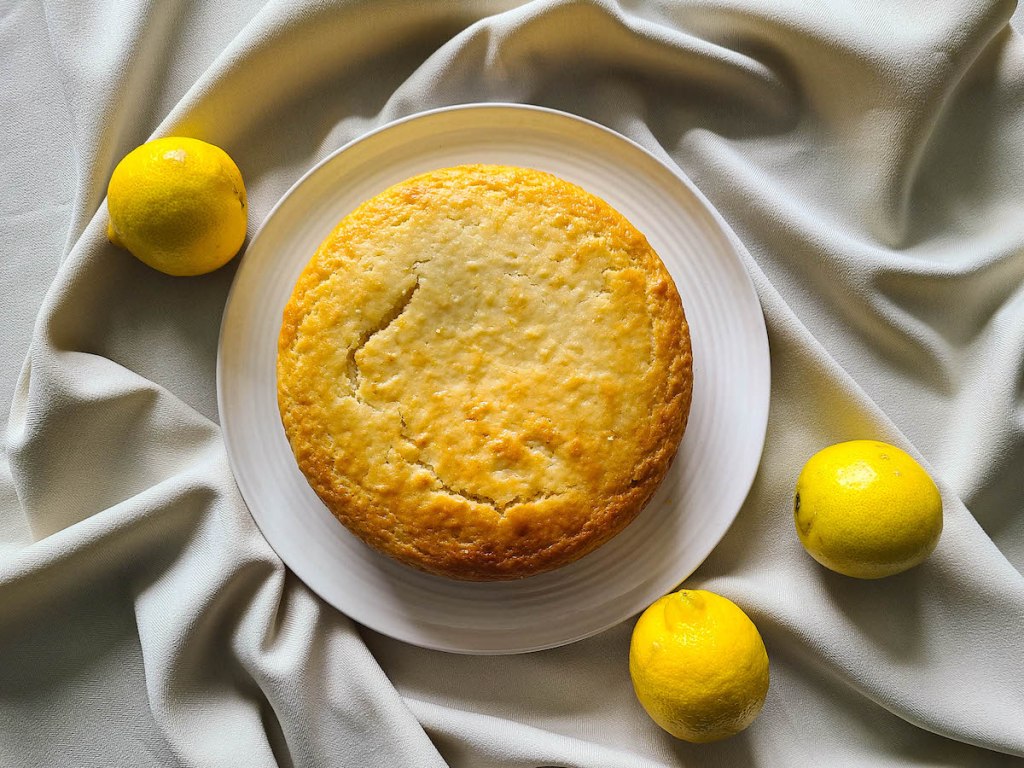
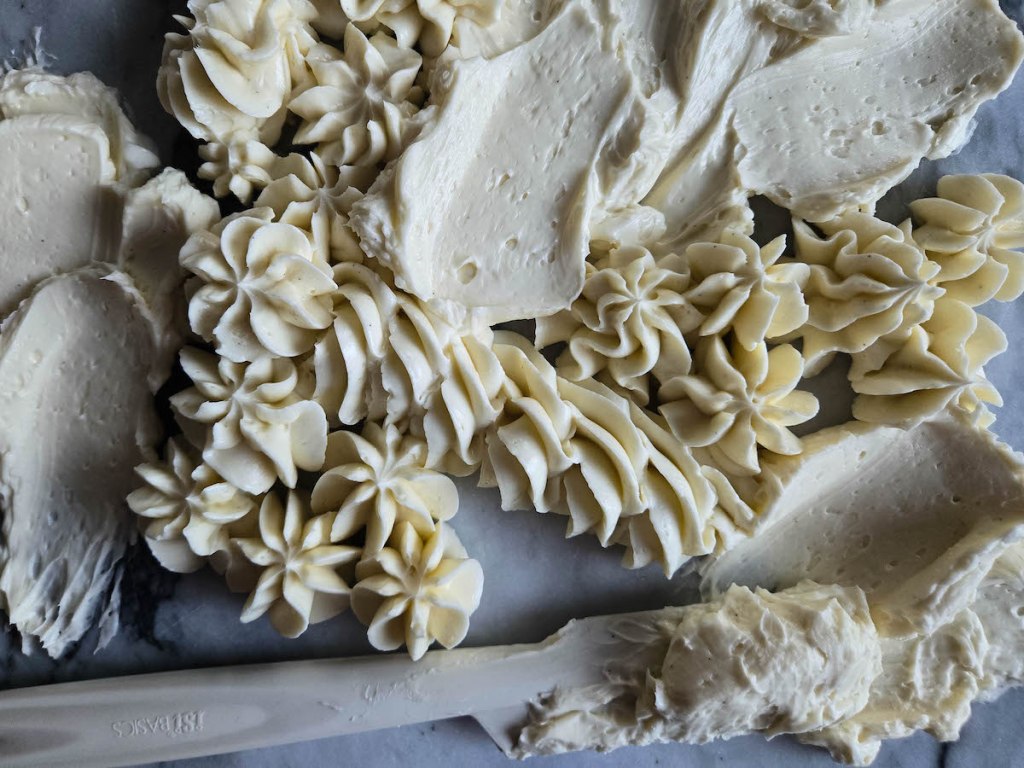
Leave a comment